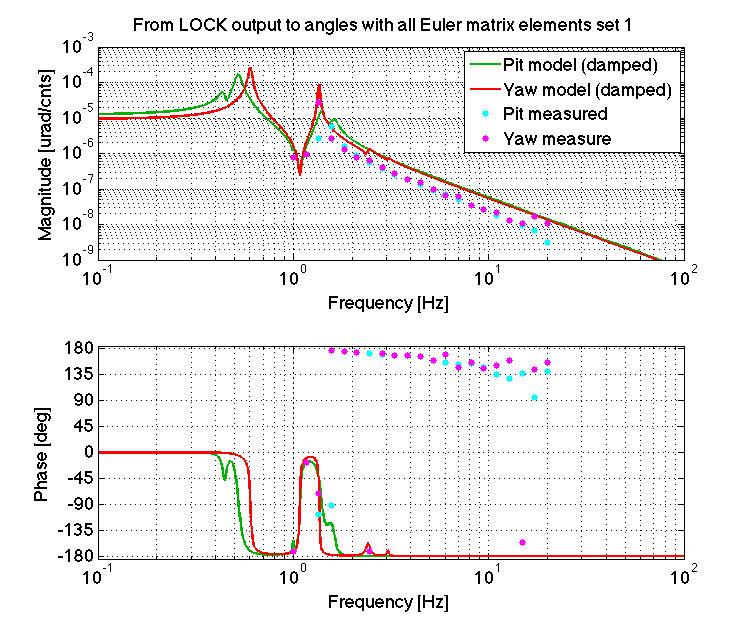HAM2+3 HEPI and ISIs have tripped along with MC2+PR2. We have seen similar behavoir before after a beckhoff restart, but this time it was the LSC model.
The LSC model restart would have killed the guardian, and unlocked the modecleaner, meaning that the integrator at the top stage of MC2 would get saturated, so it makes sense that MC2 tripped. The ISIs and HEPIs weren't payload trips, so something else is going wrong.
This probably could have been prevented if I unlocked the mode cleaner and puased the guardian first.
Here is an error message from the plotting script failing:
File "/opt/rtcds/userapps/release//isi/common/scripts/wd_plots/main.py", line 170, in _BufferDict
abs_threshold_mask=abs_threshold_mask, host=host, port=port)
File "/opt/rtcds/userapps/trunk/isi/common/scripts/wd_plots/pydv/bufferdict.py", line 243, in __init__
self.add_channels(channel_names, wd_state_mask=wd_state_mask, abs_threshold_mask=abs_threshold_mask)
File "/opt/rtcds/userapps/trunk/isi/common/scripts/wd_plots/pydv/bufferdict.py", line 382, in add_channels
abs_threshold_mask=abs_threshold_mask)
File "/opt/rtcds/userapps/trunk/isi/common/scripts/wd_plots/pydv/bufferdict.py", line 344, in __fetch_data
self.conn.clear_cache() # clear any saved information from a previous connection
RuntimeError: Input/output error















